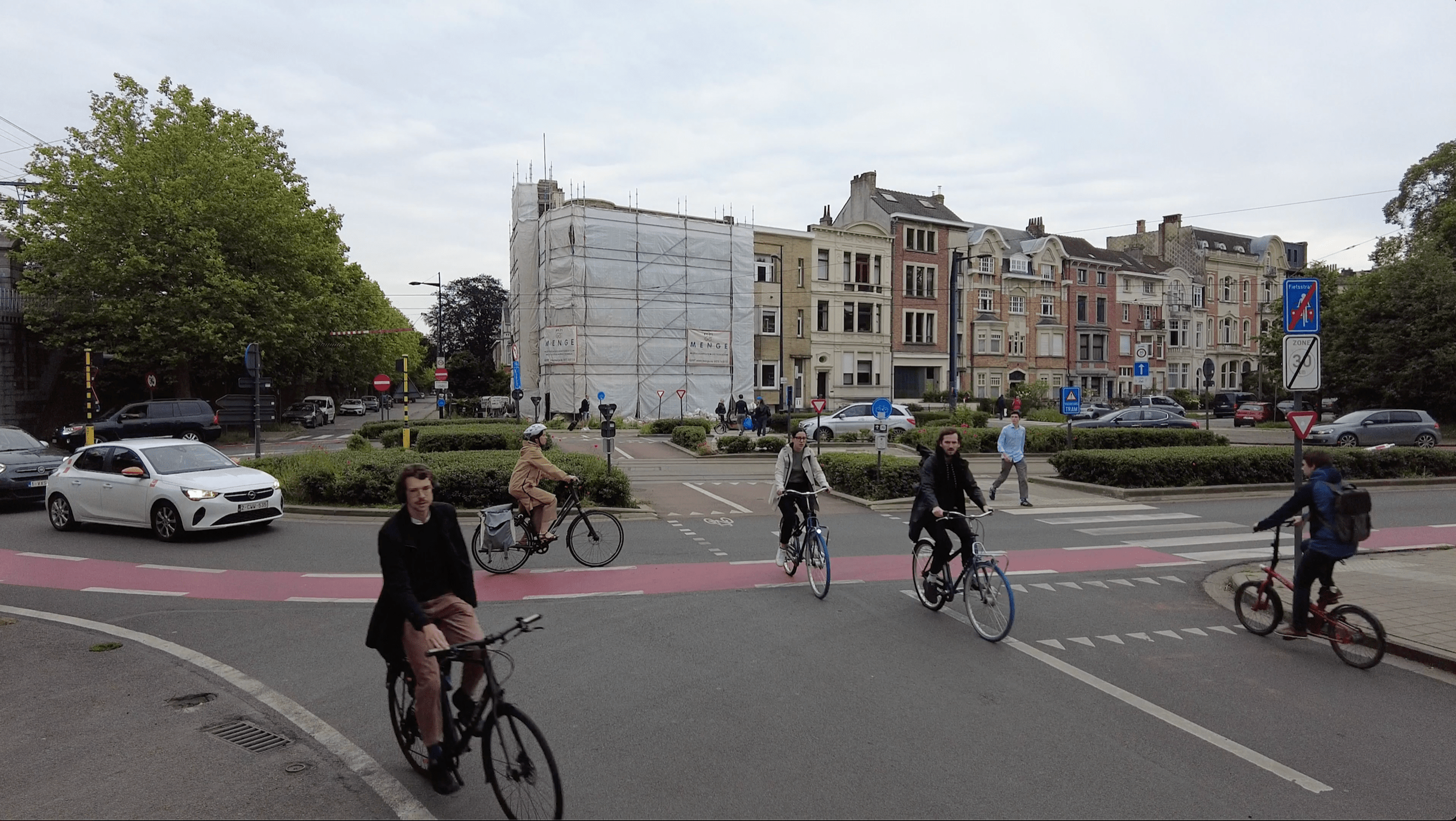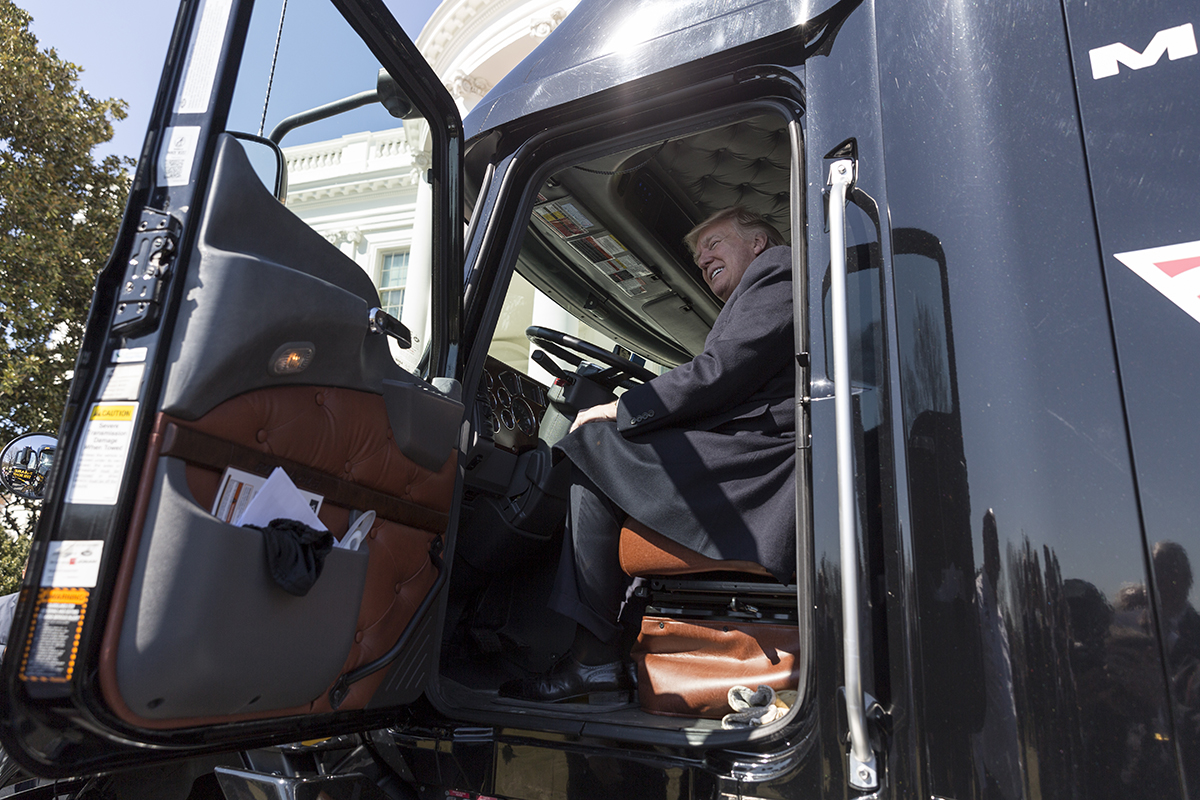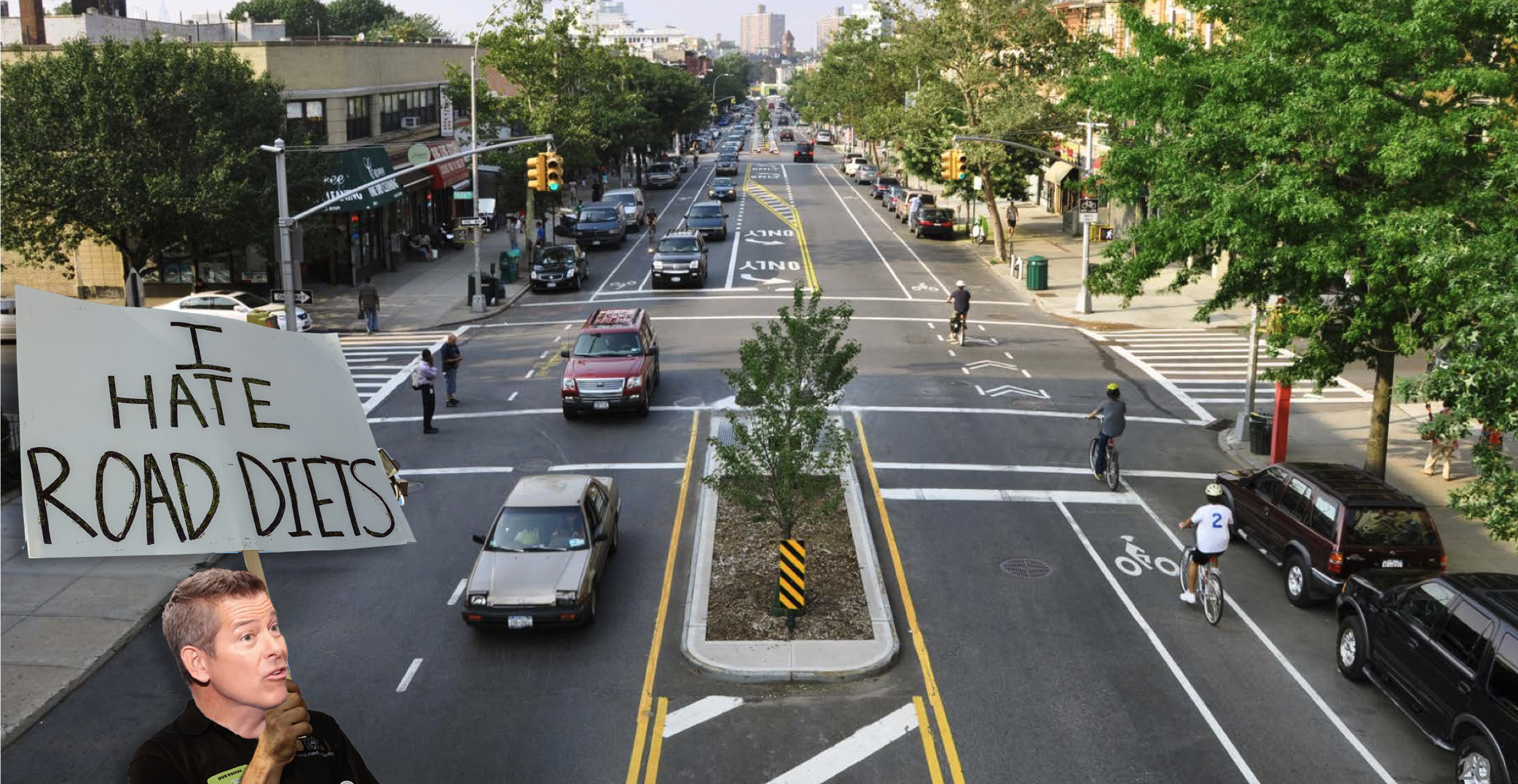Cities that build protected lanes for cyclists end up with safer roads for people on bikes and people in cars and on foot, a new study of 12 large metropolises revealed Wednesday.
Researchers at the University of Colorado Denver and the University of New Mexico discovered cities with protected and separated bike lanes had 44 percent fewer deaths than the average city.
“Protected separated bike facilities was one of our biggest factors associated with lower fatalities and lower injuries for all road users,” study co-author Wesley Marshall, a University of Colorado Denver engineering professor, told Streetsblog. “If you’re going out of your way to make your city safe for a broader range of cyclists ... we’re finding that it ends up being a safer city for everyone.”
Marshall and his team of researchers analyzed 17,000 fatalities and 77,000 severe injuries in cities including Denver, Portland, Dallas, Seattle, San Francisco, Kansas City and Chicago between 2000 and 2012. All had experienced an increase in cycling as they built more infrastructure. (Update: All of those cities also have varying rates of gentrification, which needed to be factored into the results, specifically because of "the safety disparities associated with gentrification." Researchers said safety improvements in largely gentrified areas "suggest equity issues and the need for future research.")
Researchers assumed that having more cyclists on the street was spurring drivers to slow down — a relic of a 2017 study that found that cities with high cycling rates had fewer traffic crashes. But it turned out that wasn’t the case.
Instead, researchers found that bike infrastructure, particularly physical barriers that separate bikes from speeding cars as opposed to shared or painted lanes, significantly lowered fatalities in cities that installed them.
After analyzing traffic crash data over a 13-year period in areas with separated bike lanes on city streets, researches estimated that having a protected bike facility in a city would result in 44 percent fewer deaths and 50 percent fewer serous injuries than an average city.
In Portland, where the population of bike commuters increased from 1.2 to 7 percent between 1990 and 2015, fatality rates fell 75 percent in the same period. Fatal crash rates dropped 60.6 percent in Seattle, 49.3 percent in San Francisco, 40.3 percent in Denver, and 38.2 percent in Chicago over the same period as cities added more protected and separated lanes as part of their Vision Zero plans.
“Bike facilities end up slowing cars down, even when a driver hits another driver, it’s less likely to be a fatality because it’s happening at a slower speed,” Marshall said.
Perhaps even more important: Researchers found that painted bike lanes provided no improvement on road safety. And their review earlier this year of shared roadways — where bike symbols are painted in the middle of a lane — revealed that it was actually safer to have no bike markings at all.
“We found they’re worse than nothing. You’re better off doing nothing,” Marshall said. “It gives people a false sense of security that’s a bike lane. It’s just a sign telling cyclists it might just be there.”
Not all protected bike lanes provide the same level of security for cyclists and drivers. In Denver, for instance, some protected lanes have plastic bollards that are interspersed along the roadway, allowing cars and trucks to park in the bike path and forcing cyclists to swerve into the street.
“When you have them designed like that, even if it’s a protected lane, that might create a more dangerous situation because cyclists are merging in and out of the road versus places with foot-wide concrete planters,” Marshall added.
New York was not included in this longitudinal study because the high number of cyclists and lanes would have overwhelmed their models, but will be a focus of a future study, Marshall said. New York's Department of Transportation consistently touts how its protected bike lanes improve safety for all road users — but often denies neighborhoods the full protection of such infrastructure when some car owners complain of lost parking.
Sometimes, it's not always "safety first."





